Modern Rodding TECH
InTheGarageMedia.com
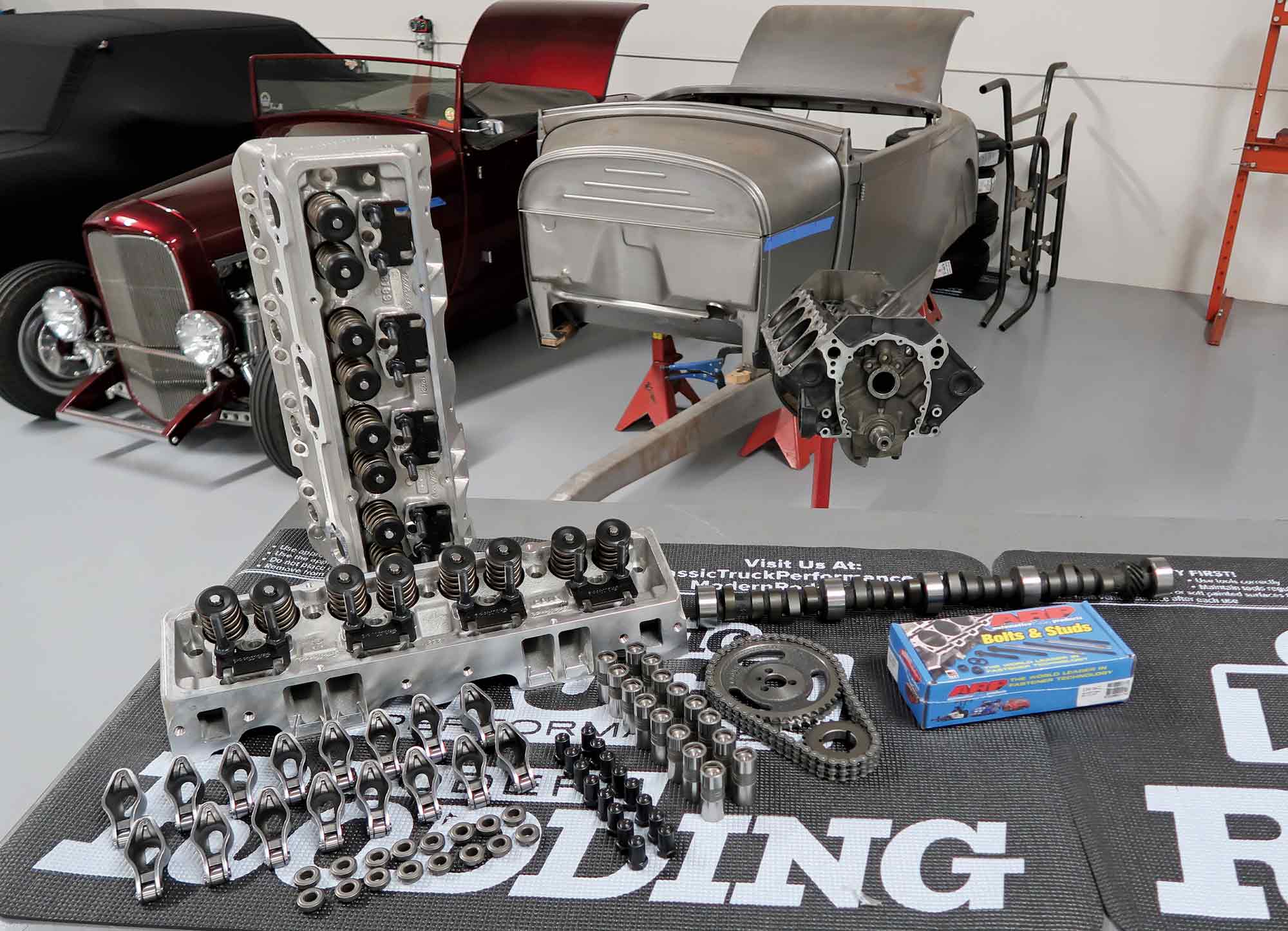
 Photography by Jason Scudellari
Photography by Jason Scudellarihen it comes to building a traditional-style highboy roadster, picking a time frame to build around sets the stage for what parts will be used and how. Everything from tires and wheels to powerplant decisions can be made once that era is decided upon. A build based on the ’40s will vary from one based on the ’50s. A build based on the ’60s will vary even more. It can create a hard line drawn in the sand or it can serve as a baseline that can be deviated from. When Jason Scudellari started laying out his plans for his ’29 Ford roadster, he knew he had to pick an era that would allow him to build what he had pictured in his head, while still allowing him the freedom to build a car that would be reliable, look good, and perform as he expected.
Not one unfamiliar with performance, Scudellari knew that whatever powerplant he decided on to motorvate his roadster, it would have to make decent power. That took the Flathead out of the running. He also wanted something that he was already familiar with that wouldn’t require a complete education on the goings-on of said engine. That put the venerable small-block Chevy at the forefront. About as simple and common as a V-8 comes, Scudellari was familiar enough with those motors to feel comfortable building one up to meet his performance expectations. But that time frame meant building one in a style that stayed true to the era he picked. So, it was decided that a mid-’60s time frame would serve to fit both the aesthetic of the roadster that he had built in his head as well as the performance aspect that he desired as it meant that he could build a high-powered small-block using a 6-71 blower; something that exudes ’60s hot rodding at its finest.
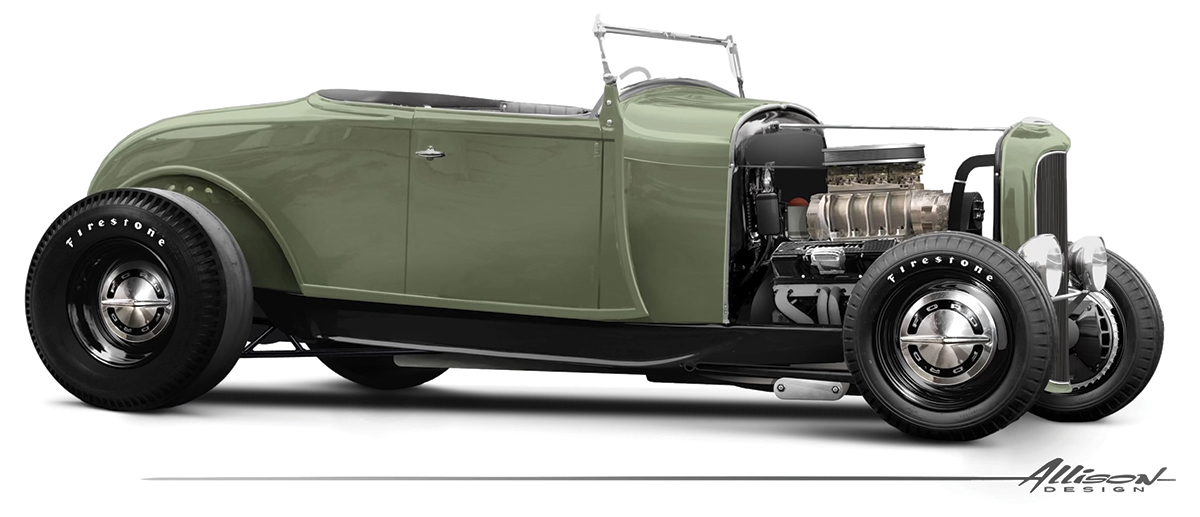
But while Scudellari chose a mid-’60s theme for his build, that baseline will be deviated from slightly as he’ll be opting to use a pair of EFI throttle bodies from FiTech Fuel Injection to feed the hungry beast. While modern in function, they’ll be treated the same as a pair of four-barrel carburetors and finished off as such. To the unassuming, Scudellari’s motor will look like a true ’60s-era dual quad, supercharged small-block while the Weiand-blown engine will have more in common with the 21st century than the Summer of Love.

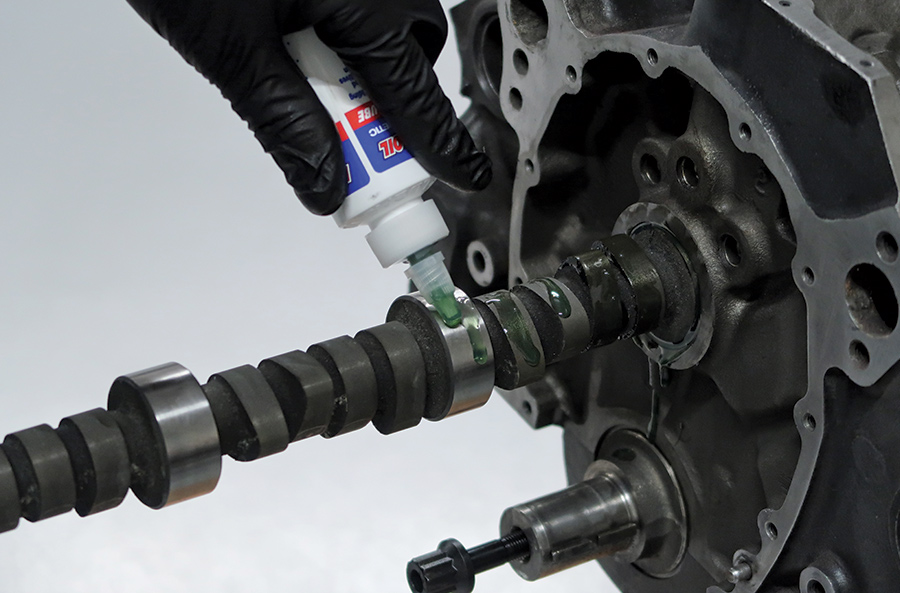
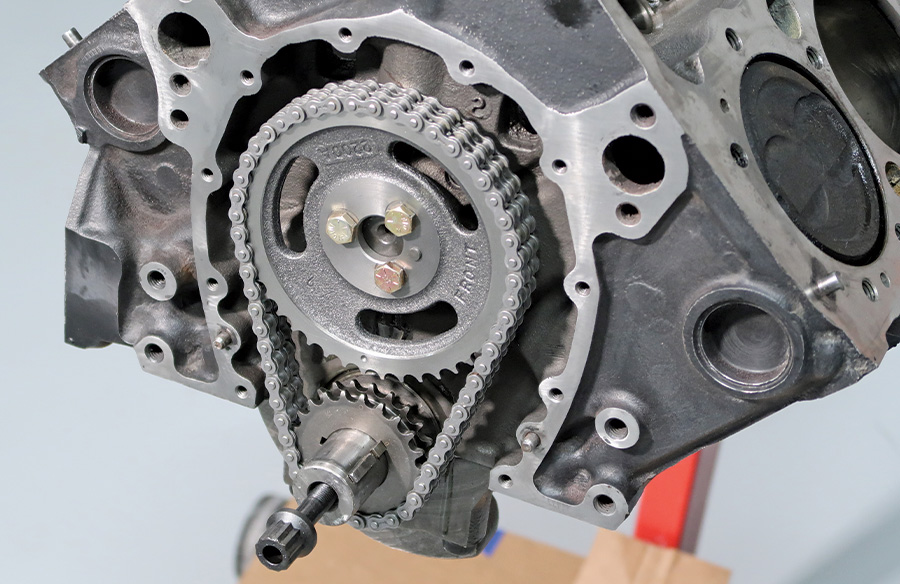
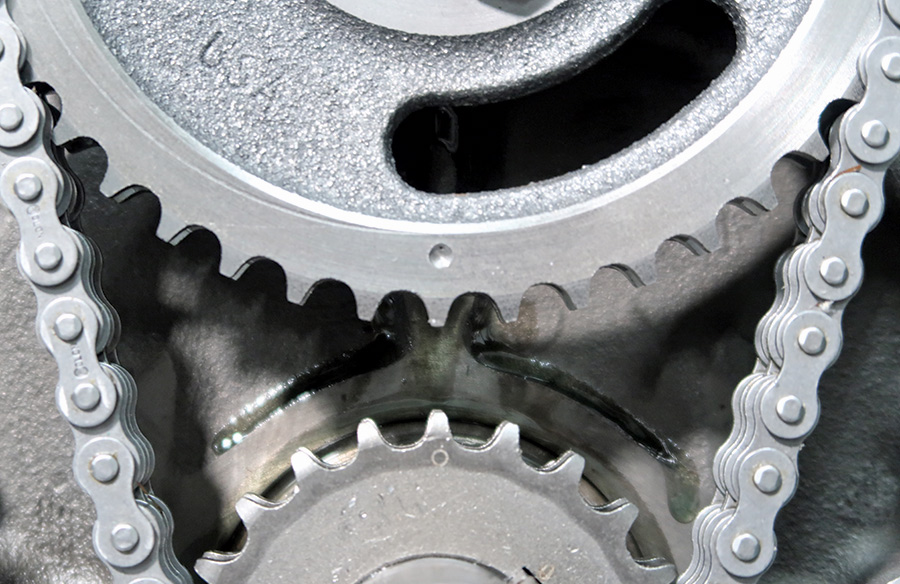
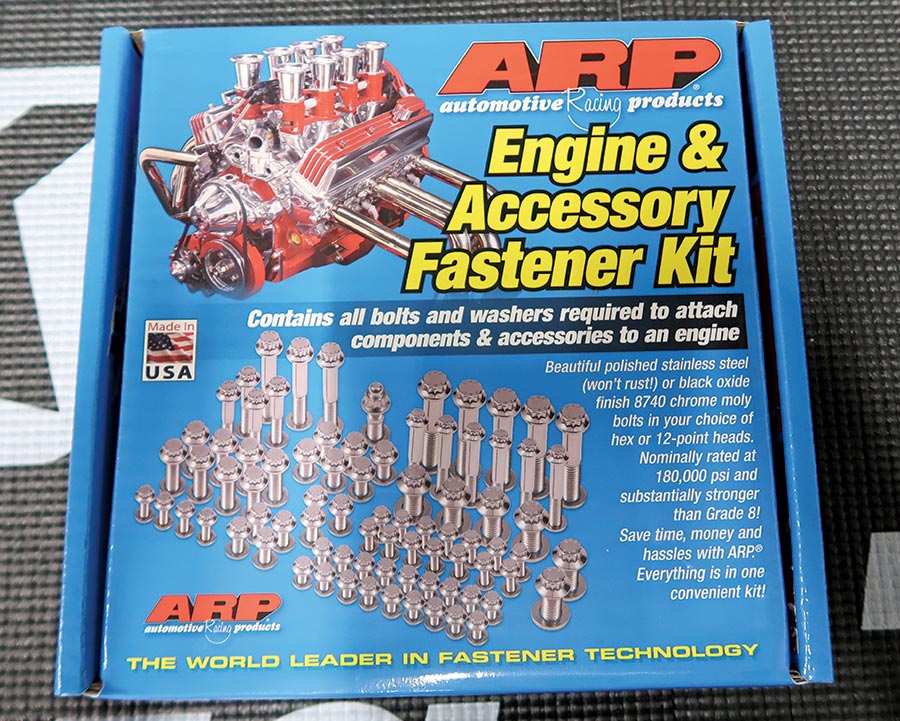


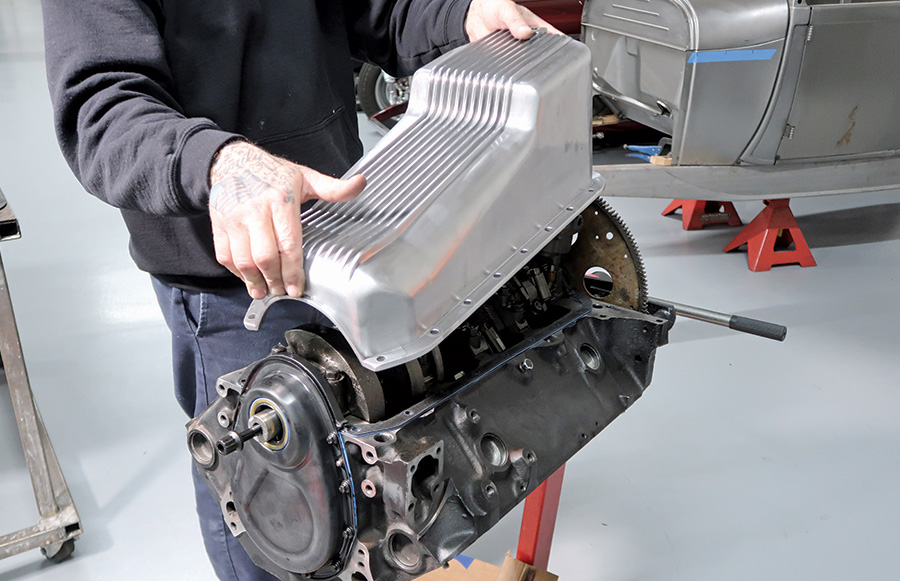
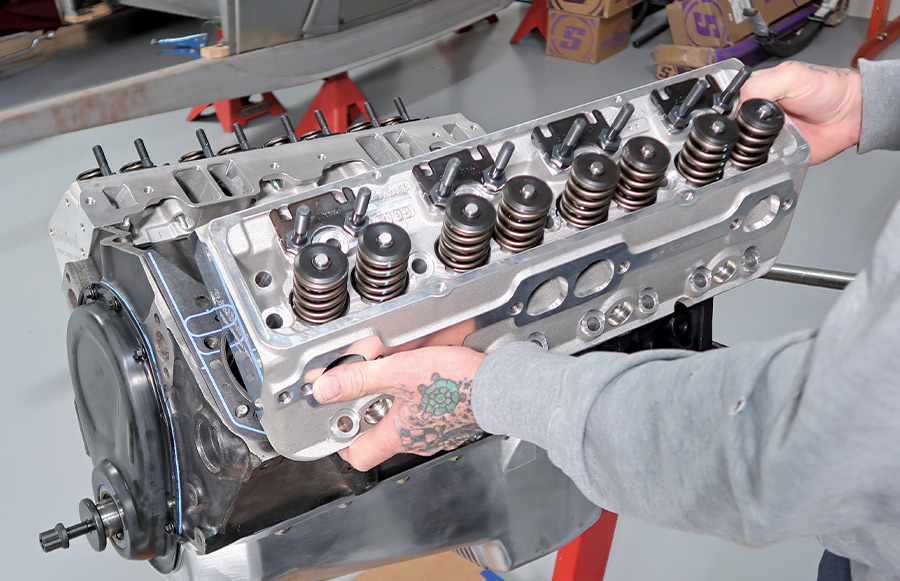
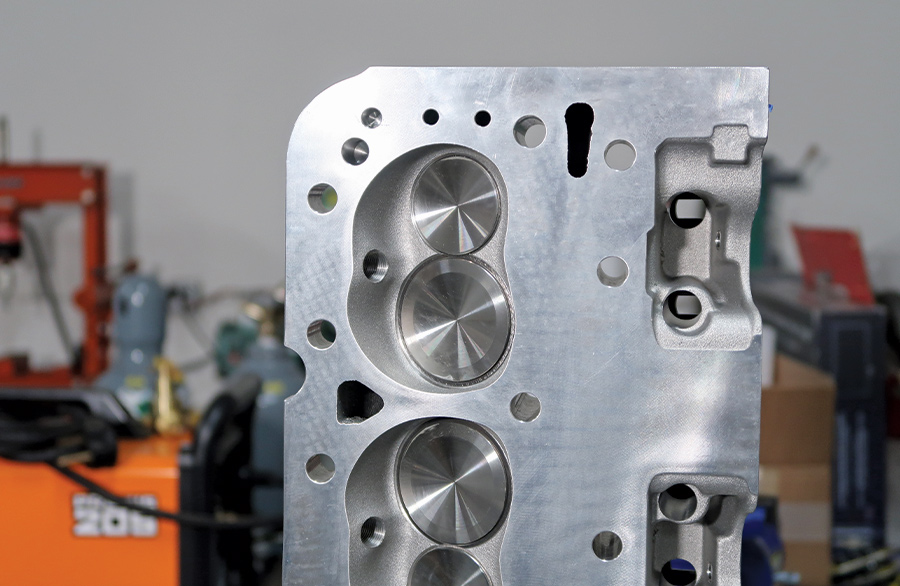




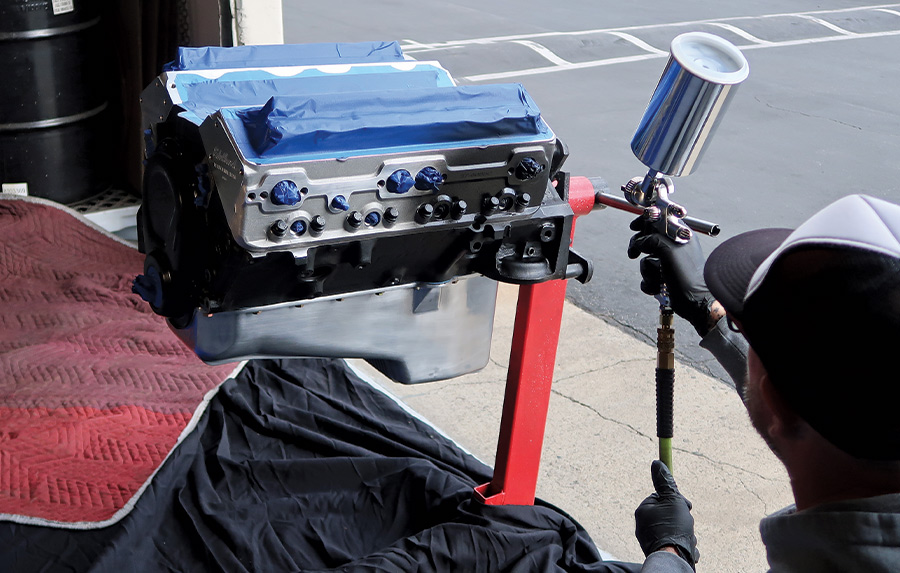

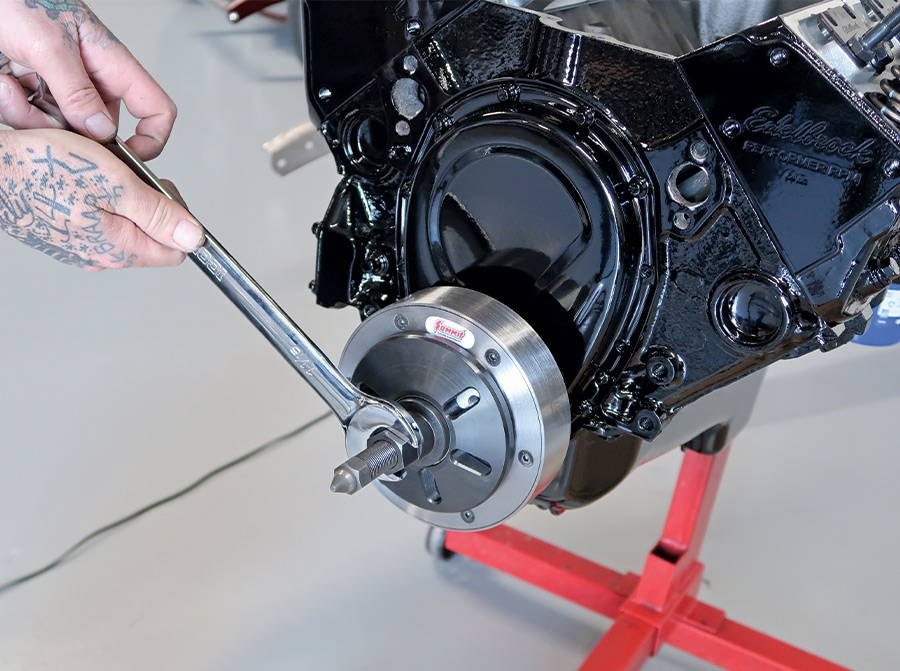
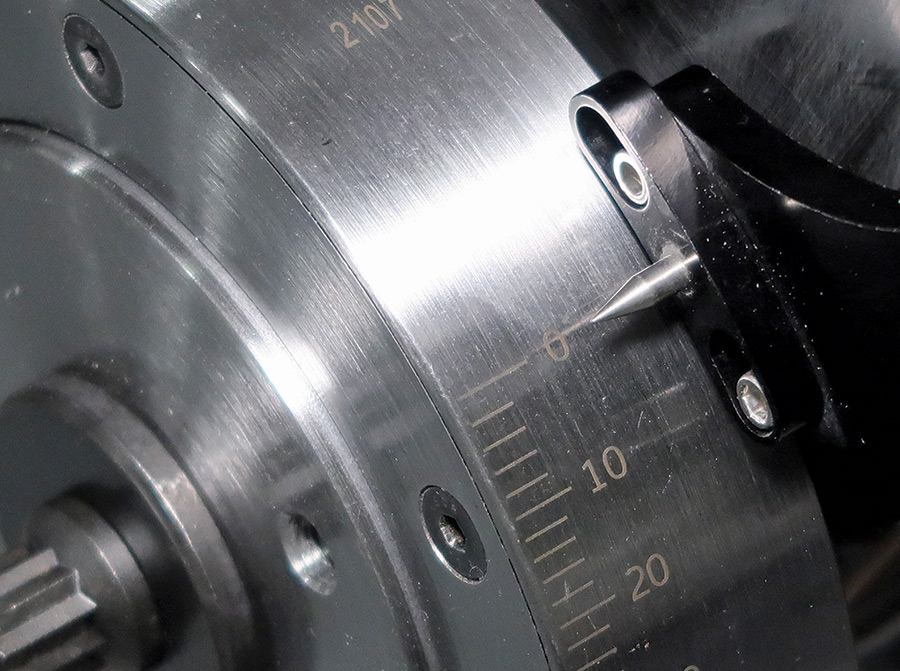
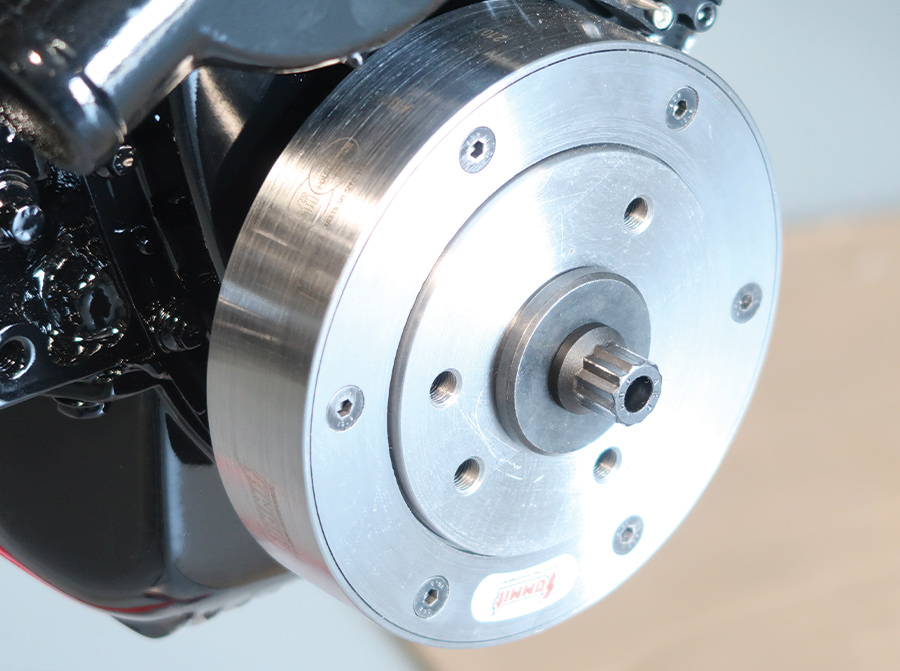


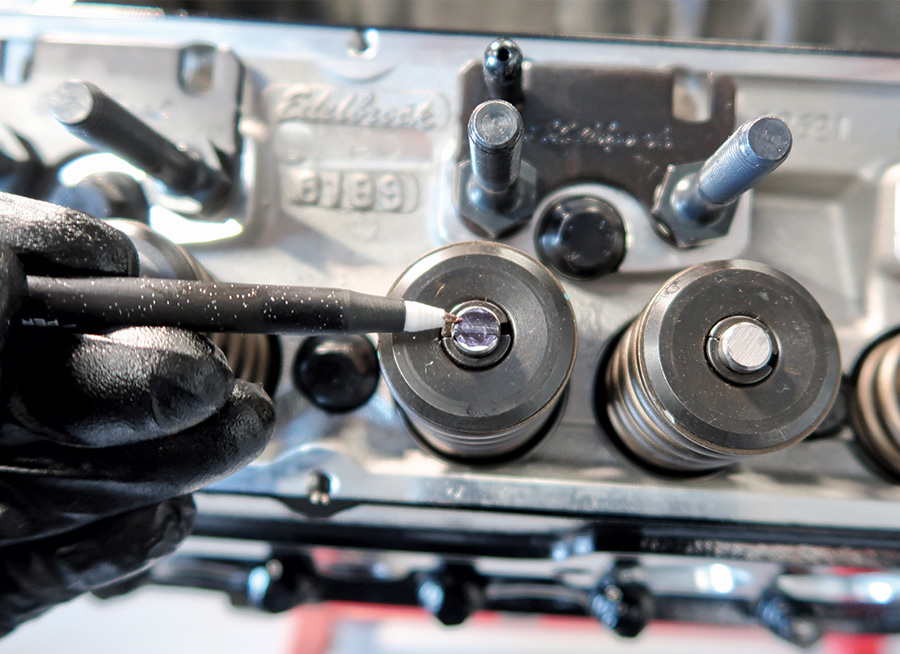

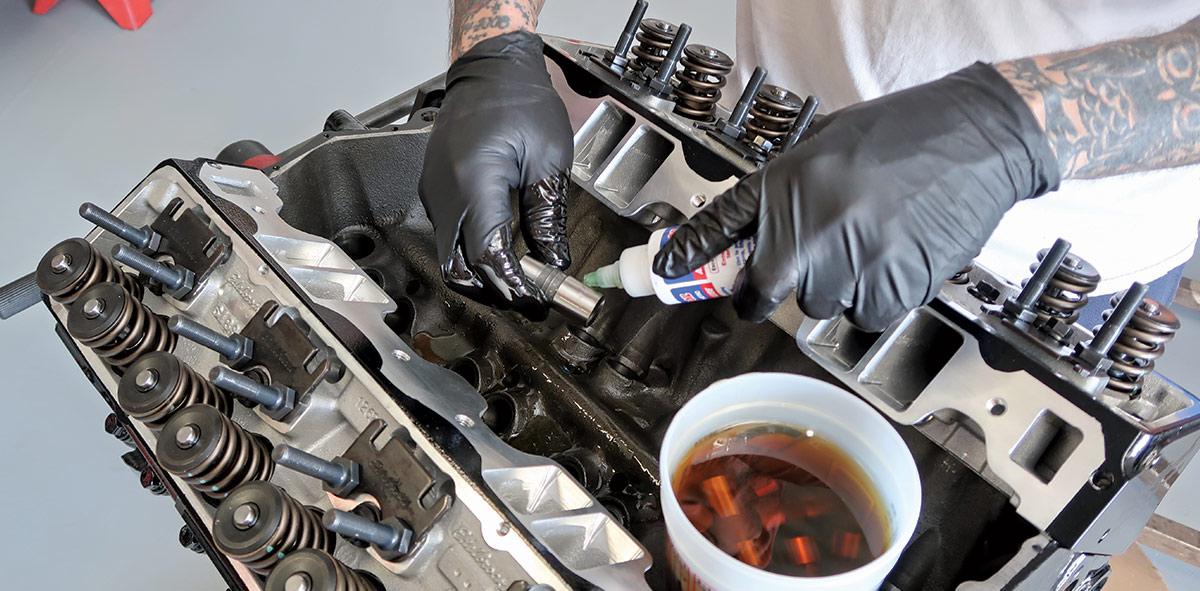
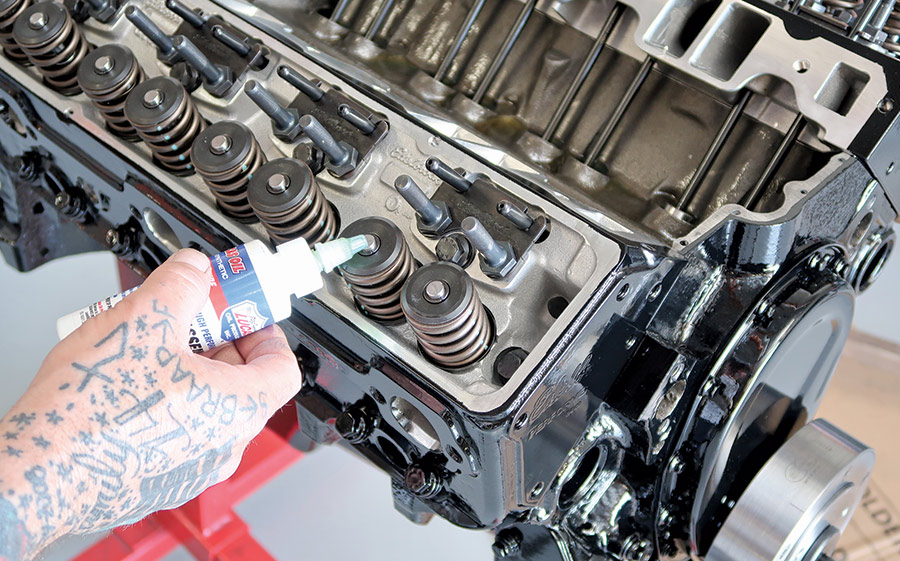








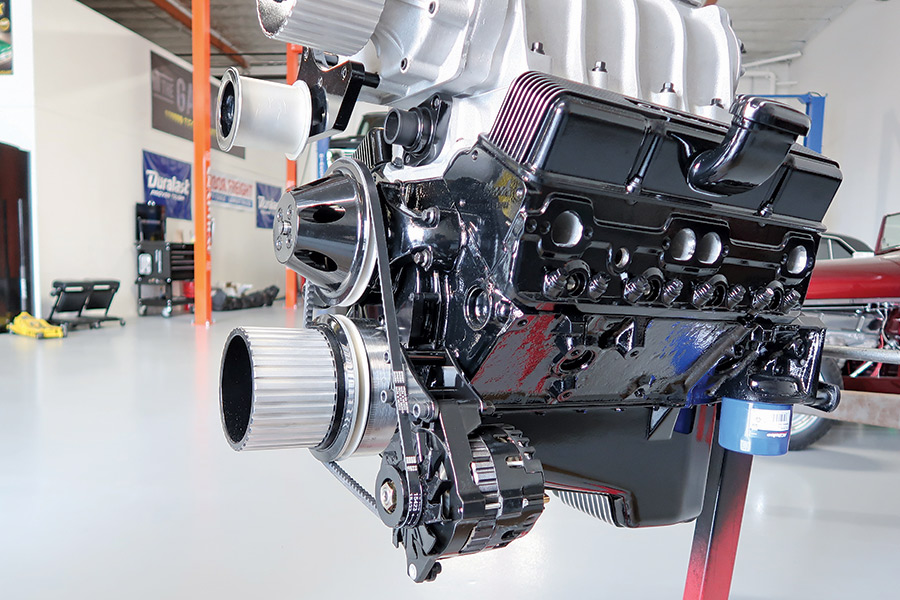
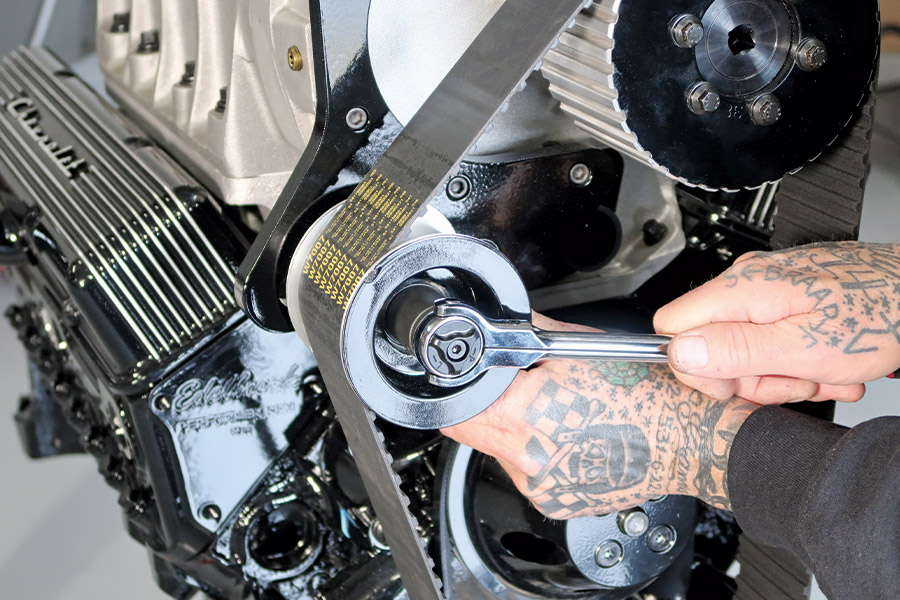
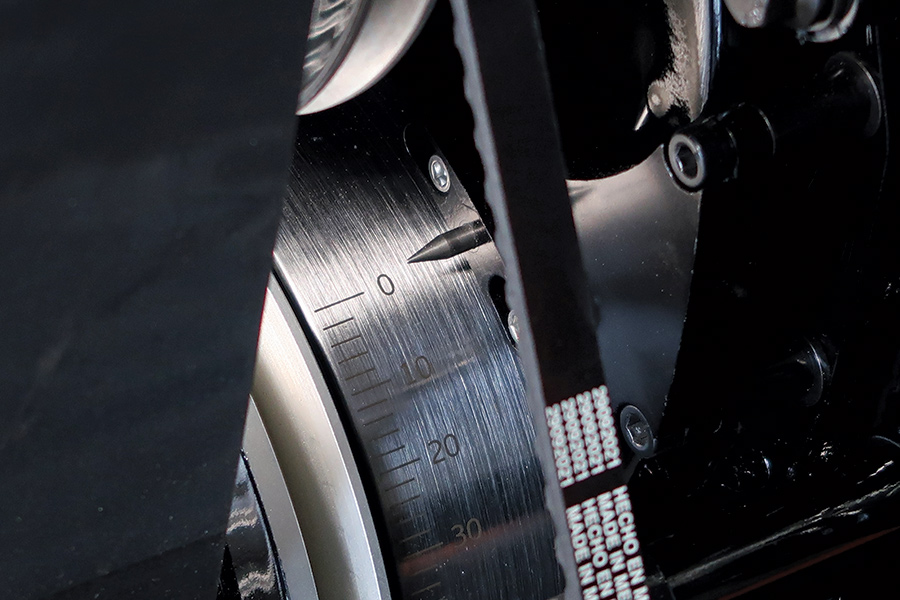



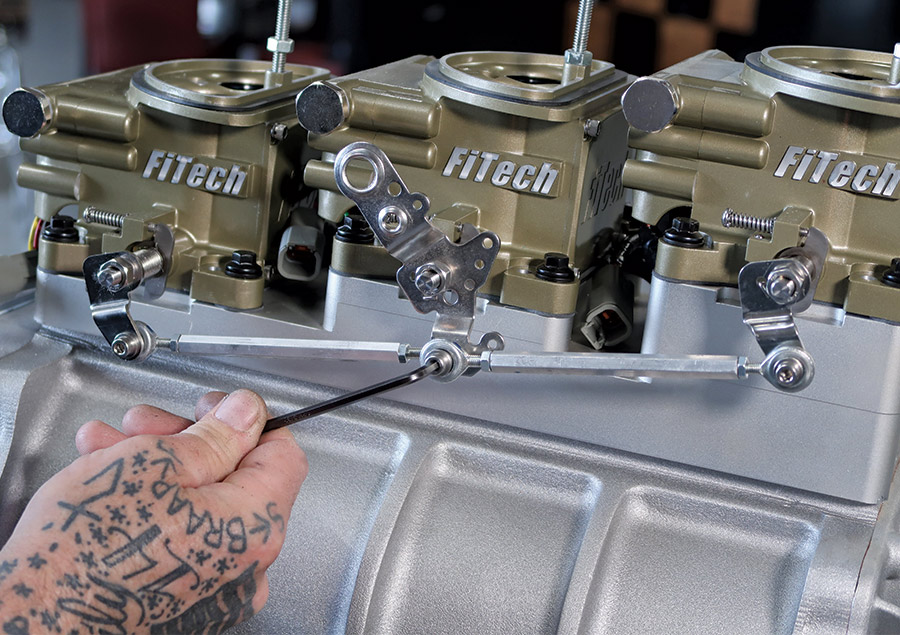

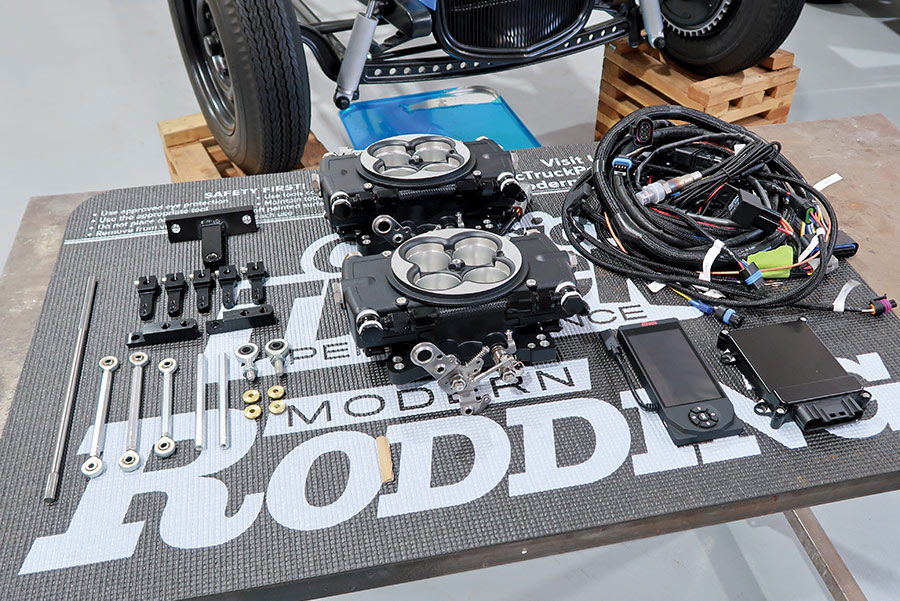


 SOURCES
SOURCES(562) 715-6973